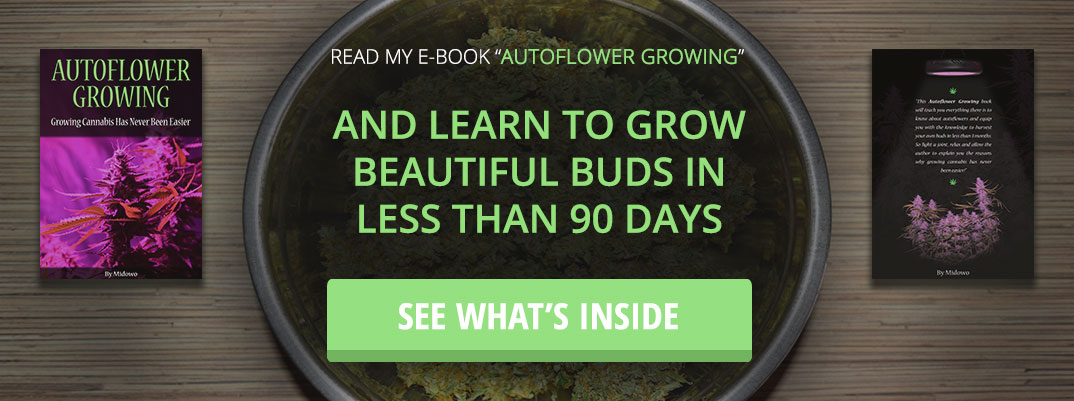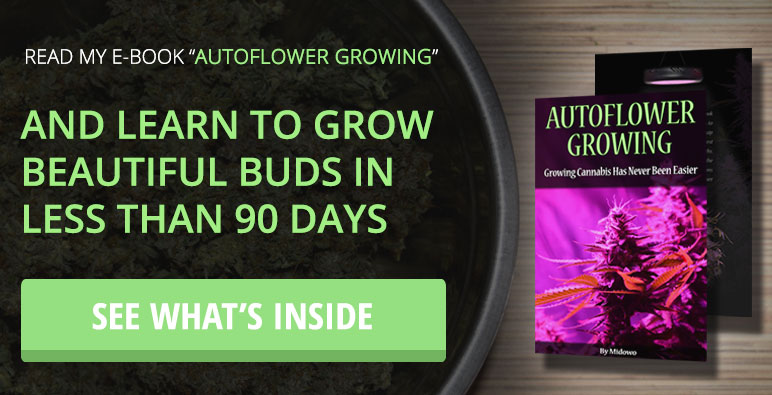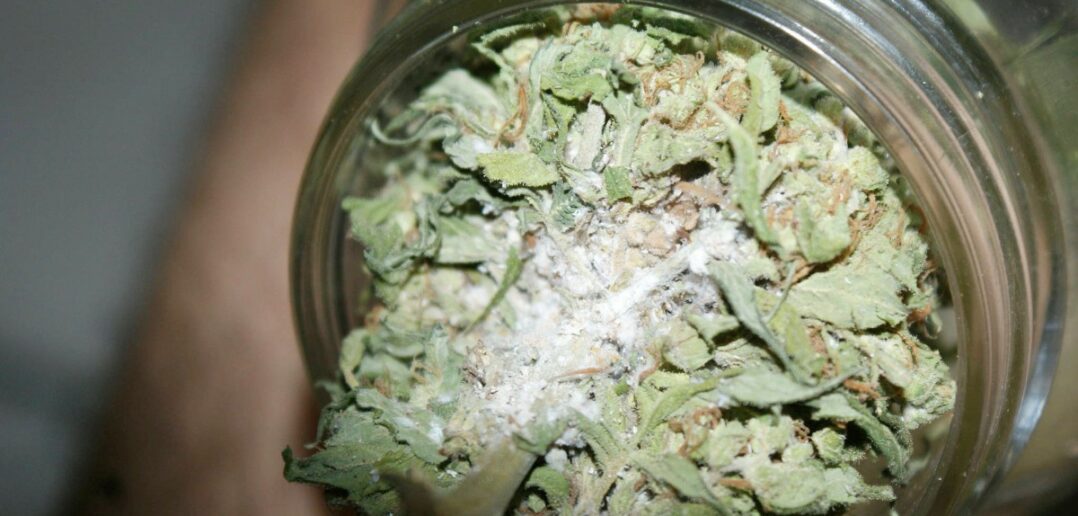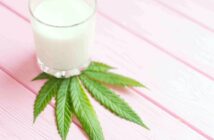Historically, and with a surge of popularity in recent years, cooking with cannabis has provided an outlet for those who don’t like smoking but still enjoy the relaxed high.
Consuming products infused with THC provide an effect equivalent to smoking, some even say the effects are stronger as the cannabinoids are released through digestion into the bloodstream.
Sometimes, you’ll come across buds that have suffered from rot, or have various kinds of mold due to unforeseen or uncontrollable climate issues.
Mold generally has a toxic quality to them and has been etched into the hypothetical smoking cannabis manual as something you should not ignite and inhale.
While some mold is beneficial, such as those found in various cheeses, most are not a good thing in the human body.
Using moldy weed in your cooking has the potential for thousands of spores containing toxins and other diseases to cause harm to your body. It is not recommended that you use moldy cannabis for any method of cannabis consumption.
Even extraction methods used for concentrates cannot guarantee a toxin-free product when using moldy cannabis. Thus, it is safer to steer clear.
Here’s how to avoid buying moldy weed
Snooping out moldy weed can be tricky at first as a lot is going on when you look at a bud up close.
However, there are some telltale signs to look out for, those include:
- Dark spots that look soft (almost mushy) on the bud.
- Any kind of fuzz on or inside the bud, whether it be white, brown, or black.
- If the bud has a kind of ammonia or urine aroma it is usually a bad sign.
- A bitter, acrid taste when smoking the bud. It’ll usually make you go “ick” afterward.
These are excellent indicators of what the plant’s health was like or a sign that you need to fix your drying and storage setup. The main causes of all mold are excessive moisture and no air movement.
If you have the mold appearing during the grow cycle then your humidity is too high or your plants are too close so no airflow can get between them.
Mold showing up during drying and curing?
Well, then your humidity is too high so your buds can’t dry properly. The key to mitigating these issues is to ensure you don’t let moisture stay too high.
Should you use moldy weed for any application?
There is some speculation in the various cannabis communities that using moldy weed for topical creams would still work as you are still decarboxylating your cannabis to activate the ingredients.
The other side of the coin suggests that mold can release toxins that, when it interacts with your immune system, can cause irritation and other issues on the skin.
It is important to understand the risks associated with using a moldy bud in any cannabis application.
If you choose to use it then exercise caution and seek medical attention if any issues arise.







